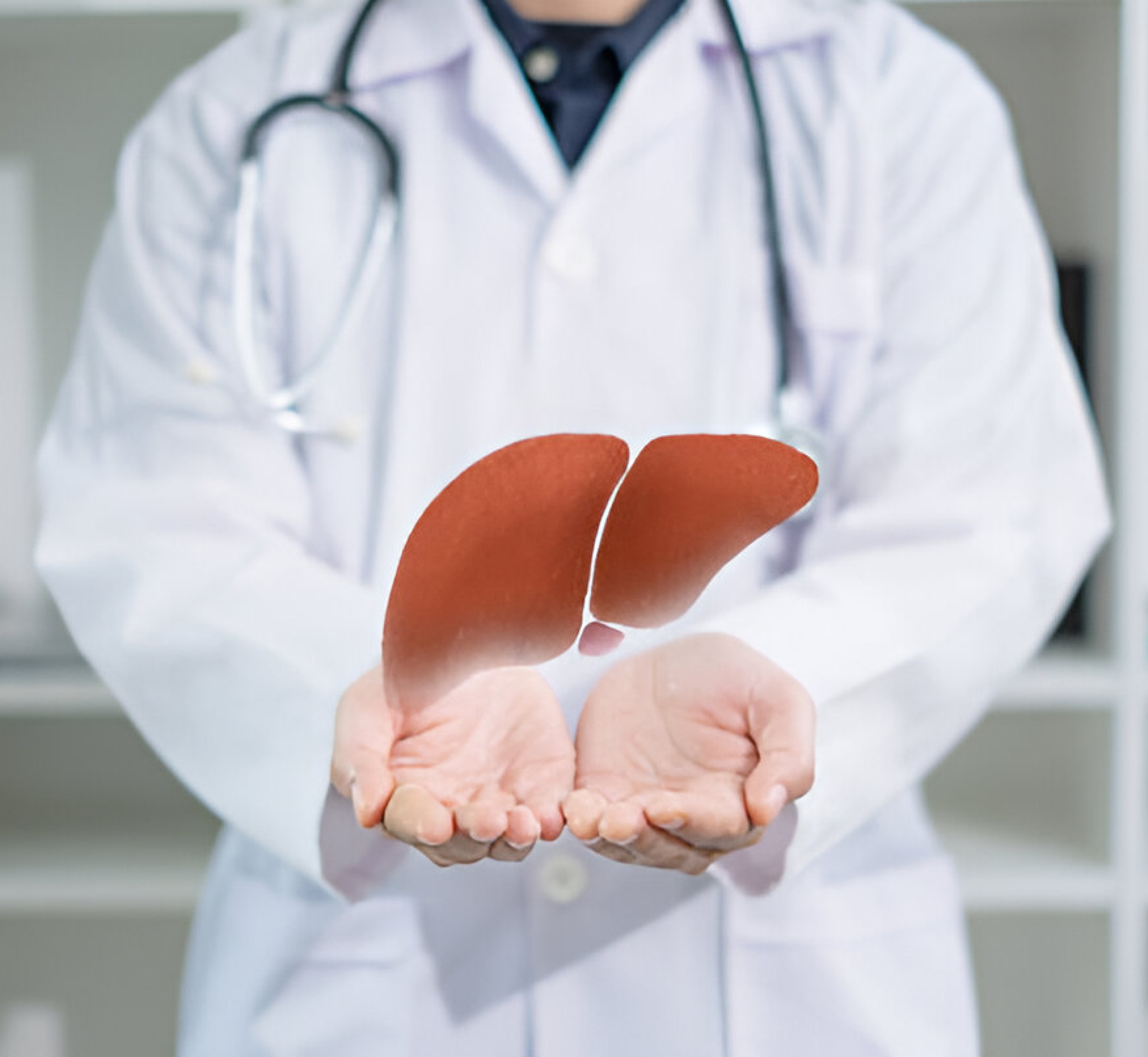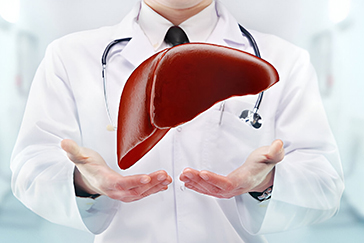 Book Appt.
Book Appt.
 Call Now
Call Now


Minimally invasive surgery, a transformative development in modern medicine, has revolutionized the field of hepatobiliary surgery. This approach employs specialized instruments and techniques to perform intricate procedures through small incisions. This article explores the significant strides made in minimally invasive laparoscopic and hepatobiliary procedures, highlighting their benefits and applications.
Minimally Invasive Laparoscopic Procedures
Laparoscopic surgery, also known as minimally invasive surgery, involves the use of a laparoscope—a thin, flexible tube equipped with a camera and light source. This instrument allows surgeons to visualize the surgical site in high detail. Several small incisions are made through which specialized instruments are inserted, enabling precise and controlled maneuvers. This technique has been widely adopted for various hepatobiliary procedures due to its numerous advantages.
Advantages of Minimally Invasive Laparoscopic Procedures:
Common Minimally Invasive Laparoscopic Hepatobiliary Procedures:
Hepatobiliary Procedures: Beyond Laparoscopy
While laparoscopy is a cornerstone of minimally invasive hepatobiliary surgery, other advanced techniques have further expanded the possibilities:
Conclusion
The advent of minimally invasive techniques has significantly advanced the field of hepatobiliary surgery. Laparoscopy, with its smaller incisions, reduced postoperative pain, and faster recovery times, has become the standard for many procedures. Additionally, robotic-assisted surgery and other advanced technologies are pushing the boundaries of what is possible in hepatobiliary surgery. These developments are not only improving patient outcomes but also expanding the scope of what can be achieved in treating complex hepatobiliary conditions. As these techniques continue to evolve, the future holds even greater promise for patients in need of hepatobiliary interventions.
SHALBY Sanar International Hospitals provides extensive medical procedures backed up with our state-of-the-art technology and a team of highly qualified & experienced clinical experts.
Our doctors pen down their research findings and experiences from time to time. Their words provide deep insight into the latest techniques, technologies and other advancements in healthcare. It provides expert answers to all kinds of health questions for real-life issues.
VIEW ALL




Since the day of its foundation, SHALBY Sanar International Hospitals is committed to provide comprehensive healthcare services. It regularly organizes awareness programs in its premises and encourages outdoor healthcare activities and camps with an intent to put focus on preventive healthcare.
VIEW ALL